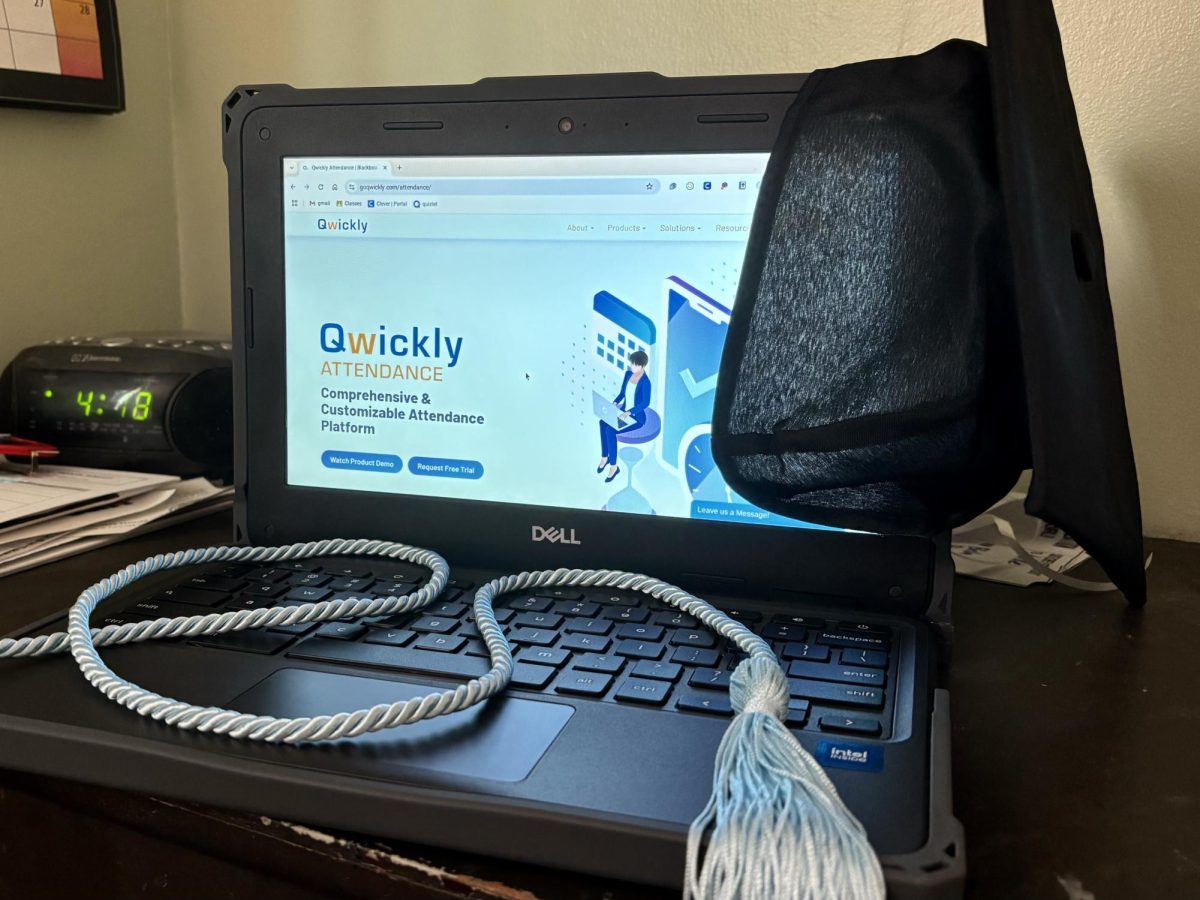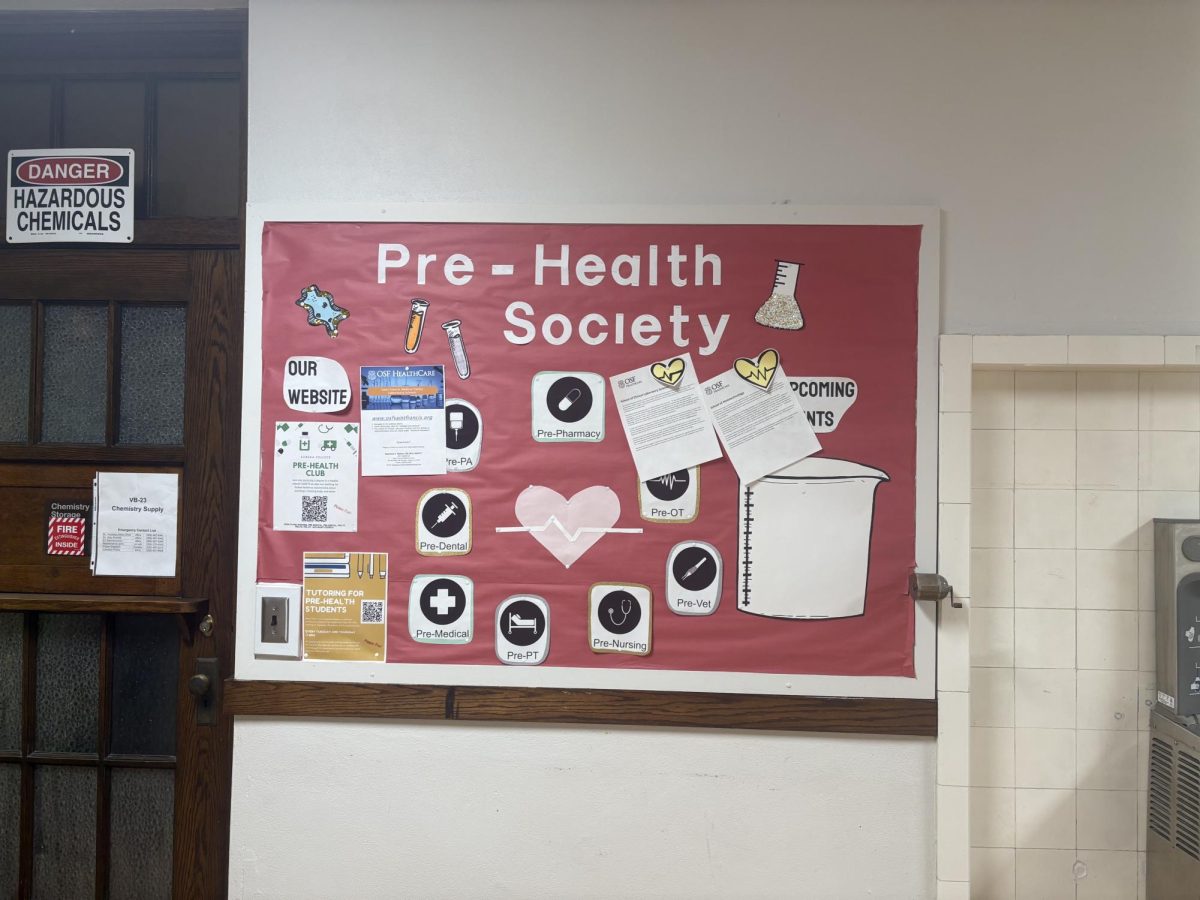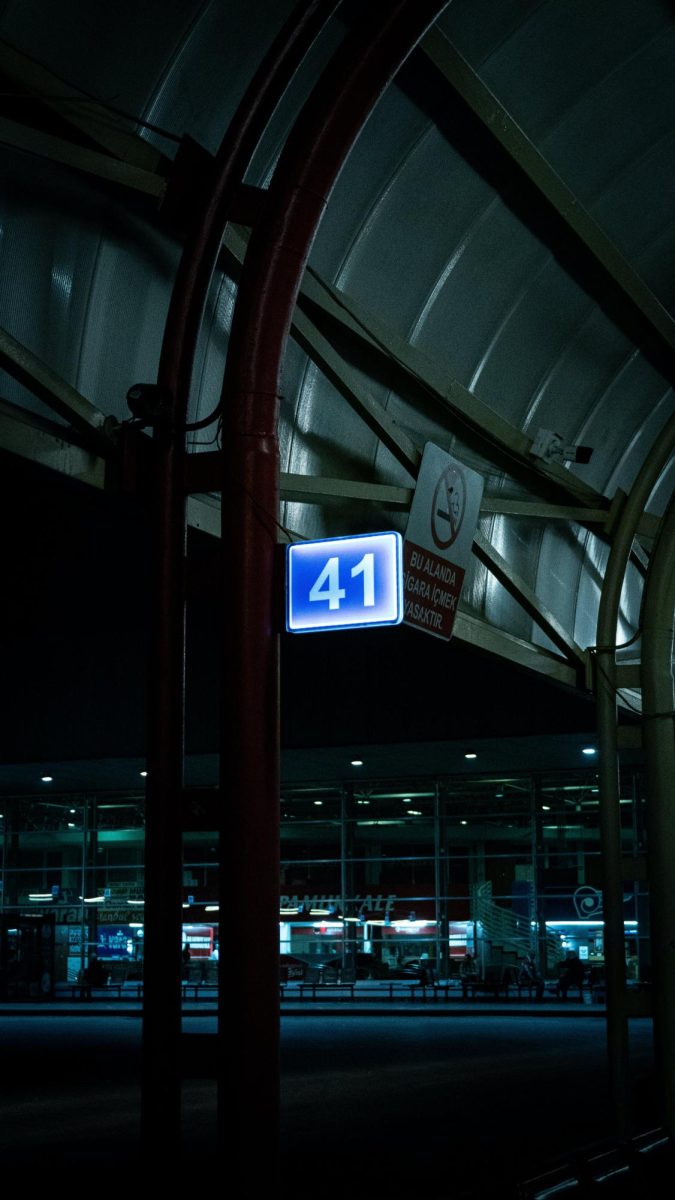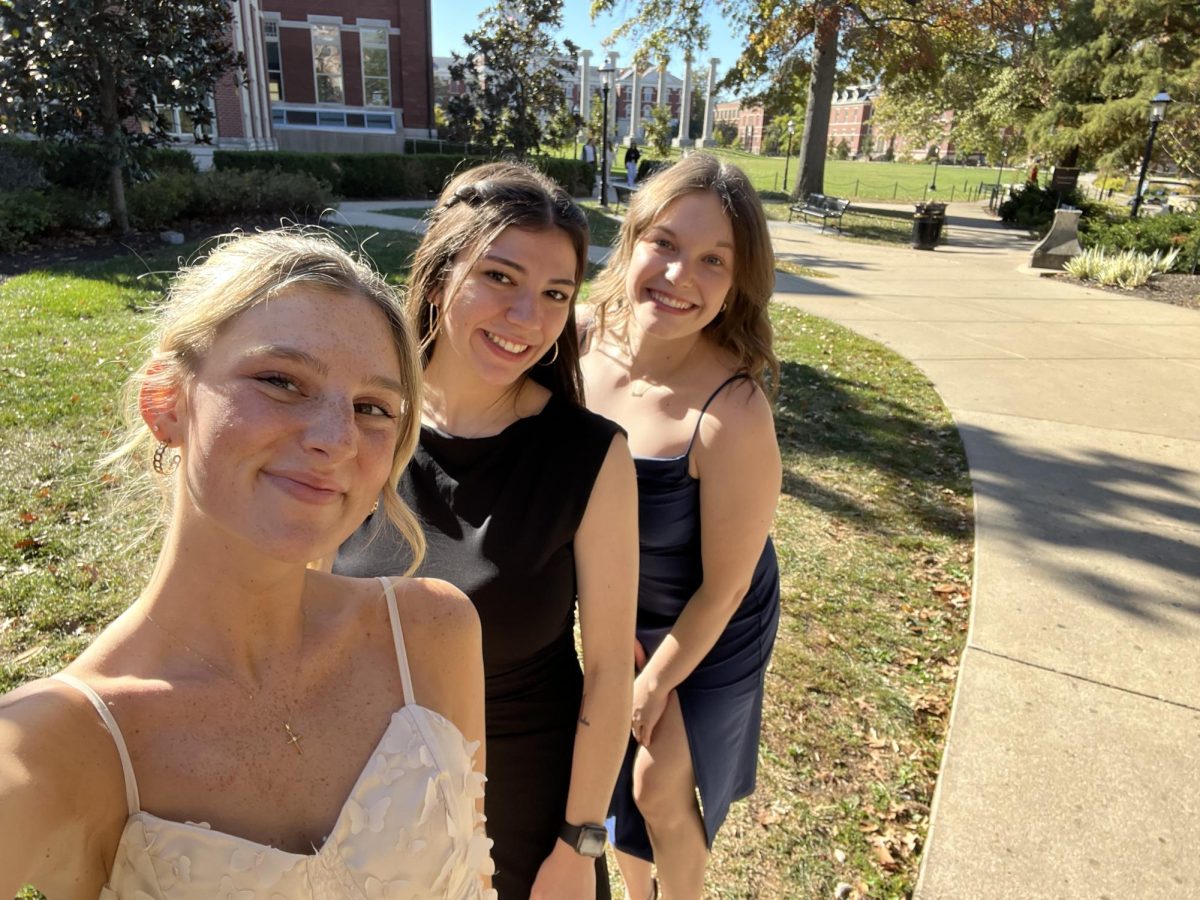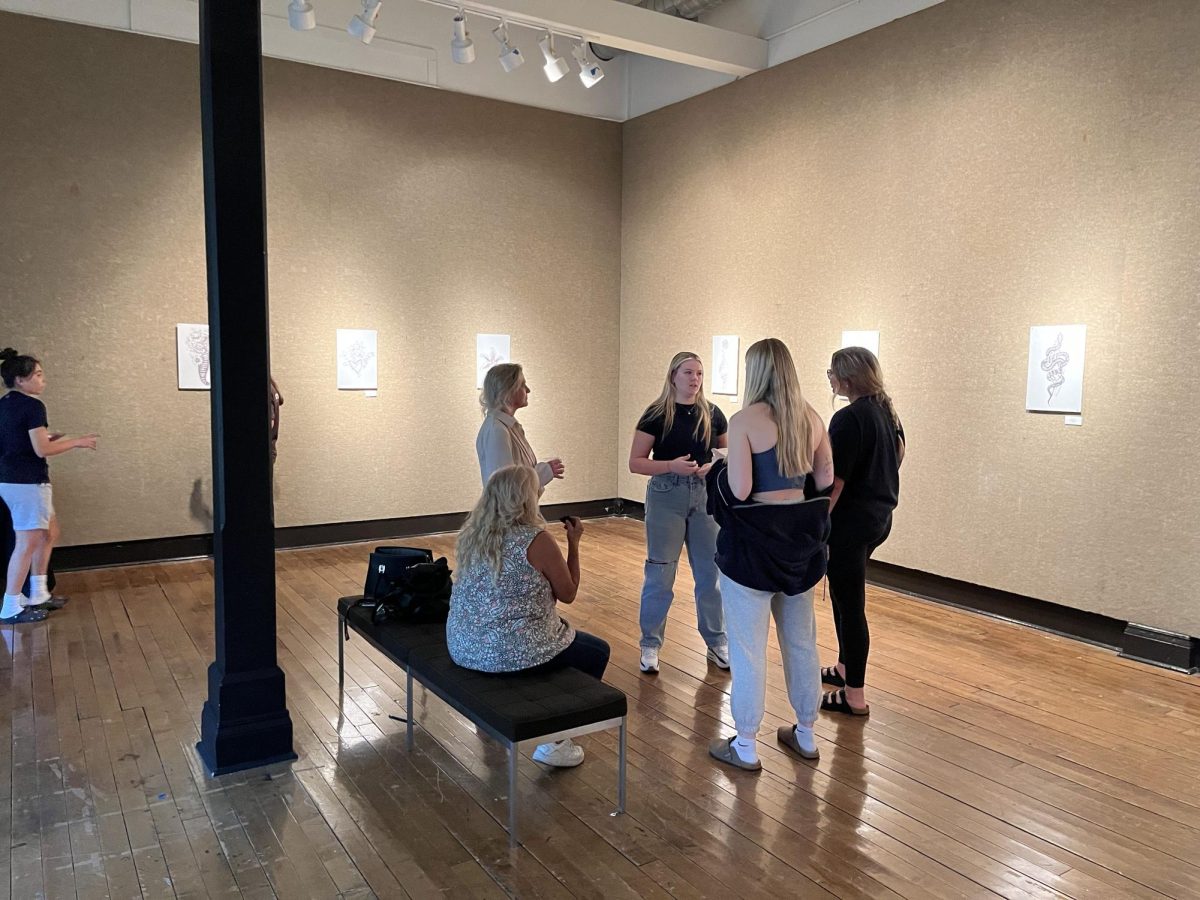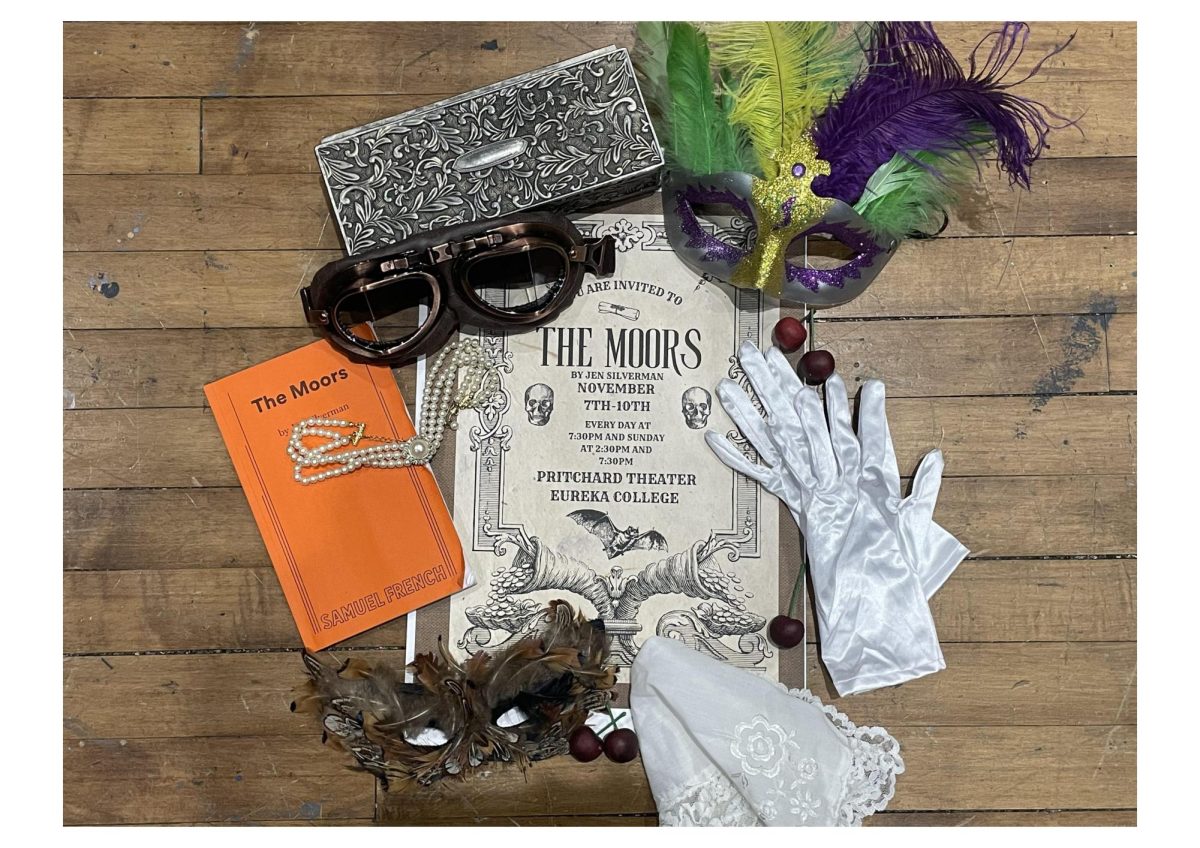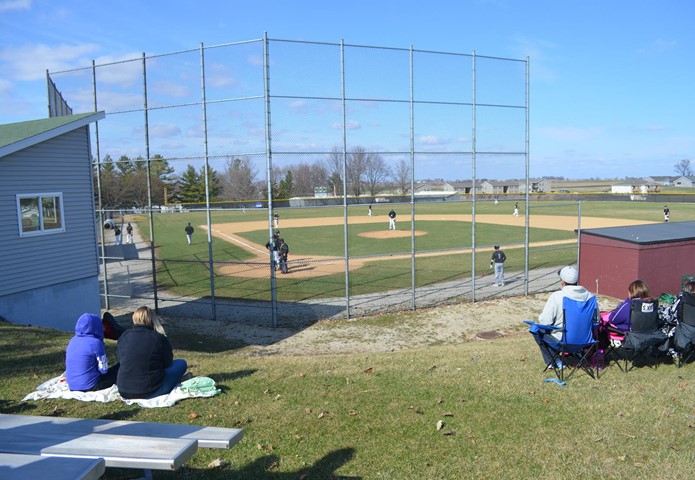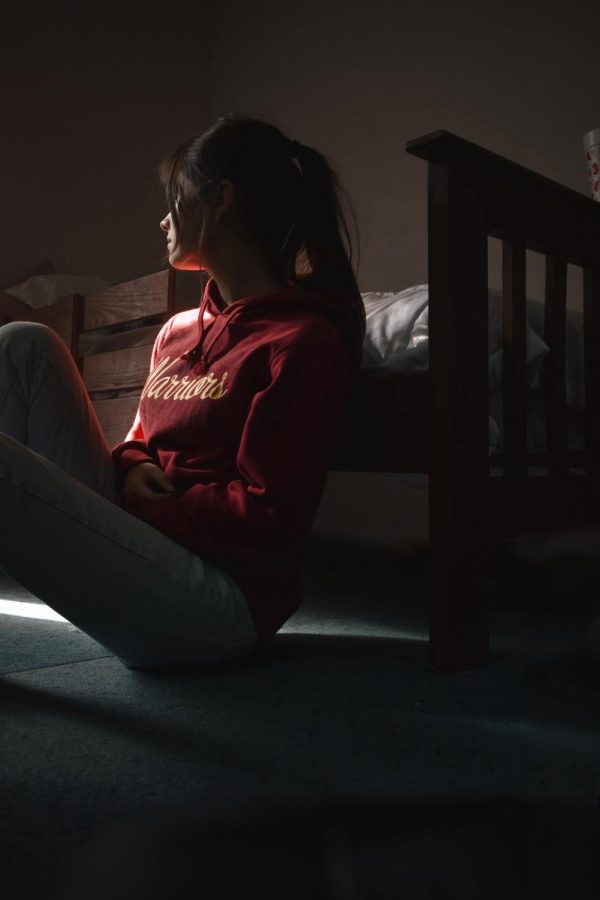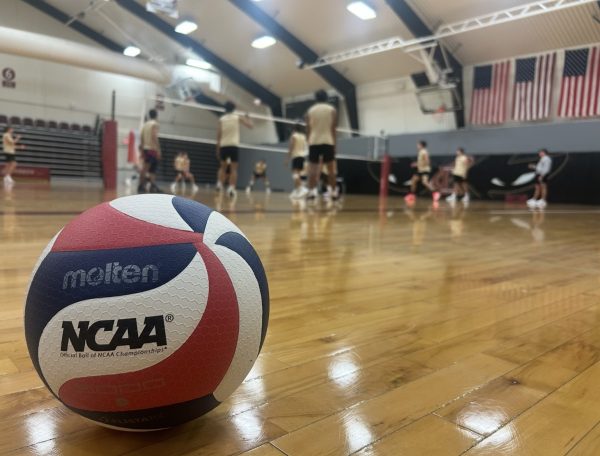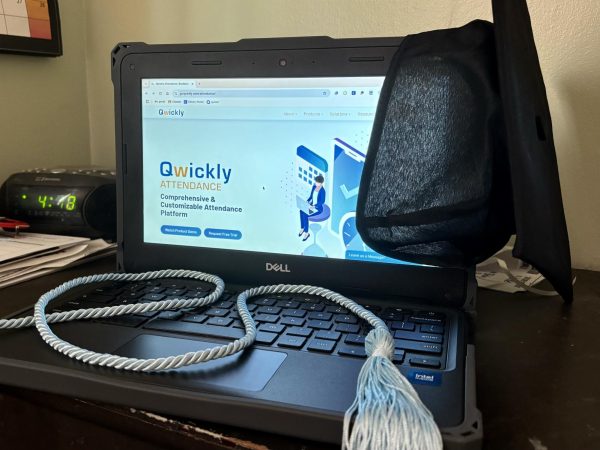Seasonal Affective Disorder in College Students
At Eureka College, the spring semester is in full swing, and along with that comes students adjusting to new workloads, balancing a work-school-home life schedule, and possibly even dealing with symptoms of seasonal affective disorder. There are at least 6 more weeks of winter it’s cold and cloudy most days and all of these factors can affect students’ mental health. Seasonal Affective Disorder (SAD) affects 4 to 6 percent of Americans a year. In addition, approximately 20 percent of Americans experience a mild form of the disorder. SAD is triggered by changes in daylight and weather that occur primarily in the winter. The definitive cause of SAD is unknown but there are many theories such as changes in sleep patterns, shifts in hormones such as serotonin and melatonin, and fewer hours of sunlight during the day. Common signs and symptoms are tiredness and low energy, loss of interest in activities, change in appetite, and excessive sleeping. This disorder affects 4 to 6 percent of Americans. How much of that percentage is college students? The start of a new semester is stressful. Students have to get used to a new schedule, the influx of assignments, and managing a work-school schedule, amongst other things. It is not unreasonable to suggest that college students are at a higher risk of developing this disorder.
A sophomore Eureka College student states, “I have lived in the Midwest my whole life and have struggled with seasonal depression off and on for years.”. This student talked about different coping methods such as prioritizing time outside, surrounding themself with friends or family, and incorporating some form of workout in their daily schedule. According to another Eureka College student who is a senior, “I have had family members that really struggle with seasonal depression and they have made the conscious choice to go somewhere warmer during the winter months to try and combat their depression”. Seasonal Affective Disorder is not as uncommon or made up as some might think. Thanks to the winter solstice, by 4:30 pm every day during the winter the sun goes down and it gets dark fast. Less sunlight during the day increases the likelihood of developing this disorder. Talk to your friends, family, or a trusted adult if you start to experience suicidal thoughts. SAD is a very treatable disorder. Eureka College does a fantastic job of having numerous social activities each week for students to engage with. Along with different activities, Eureka also offers a variety of different resources for students experiencing mental health issues. On the Eureka College website, under student health & wellness resources there are multiple resources listed including clinical health services provided by the local hospital, Chaplain Rev. Bruce Fowlkes, and counseling services from Tazwood Center for Wellness. Some other very simple solutions to implement into your day are sticking to a schedule, exercising, surrounding yourself with friends, and aromatherapy.
Seasonal Affective Disorder is a very common and treatable disorder. If you are struggling with SAD, consider implementing some of the above-mentioned treatments. If nothing is helping, consider speaking with a trusted adult or a medical professional. You are not alone.
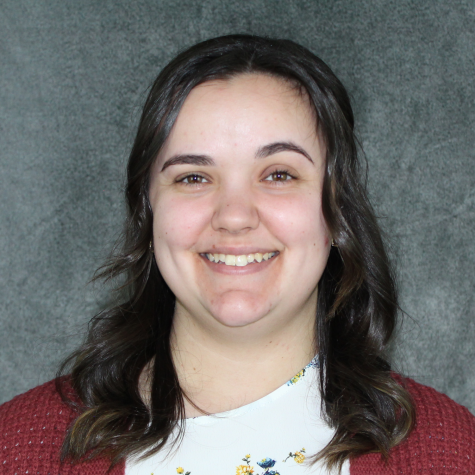
Clare Behrens (Peoria, IL) is a senior at Eureka College, majoring in communication. She is interested in writing about sports, specifically football and...



